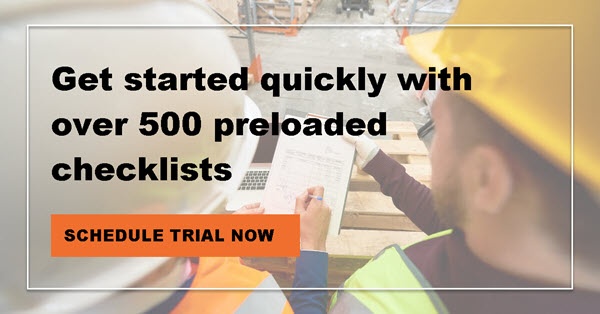Are you increasingly spending more time creating and managing punchlists?
A punchlist (also known as a snag list) is a list of items that need to be addressed before the project can be considered complete and issue the final payment.
Finding issues and deficiencies, communicating them to the responsible parties, and then keeping track of completed and outstanding punch list items is a normal part of any construction project process.
As a Project Manager/Project owner, it should be one of your priorities to streamline every practice involved in your construction projects, as not having a good system and process in place may hinder your efforts.
Nonetheless, it can become a project management nightmare if you don’t have a good system or solid process in place.
We have put together some tips for improving your construction punch list process.
Formalize Your Construction Punch List Process
The best way to avoid problems is to move away from creating informal punch lists. Instead, you should create your punch lists as part of your regular inspection process and add them to your contract specifications.
If you have good construction checklists to begin with, you can easily note issues related to specific inspection items as you inspect. What works well is to take photos and mark them up to clearly show what needs to be fixed or where problems exist.
Also, your checklist will act as an amazingly effective guide to make sure you don’t miss anything important, so your punch lists/snag lists will be more “complete”. This means better job quality and less time spent fixing problems.
Time your punch lists correctly
When you time your inspections correctly, you do not waste time or allow the general contractor and/or subcontractors to wait too long for a list of items to fix. You should only be creating punch lists relating to critical items that will cause problems down the road.
When the construction process is taking place, the subcontractors will also be aware of issues and will adjust, so you do not need to make a punch list for these types of issues.
Your subcontractor will already have a plan in place to fix those problems before they consider the job done. Let your subcontractors be responsible for their own quality.
Having planned inspections that everyone knows about also means that they will be expecting your punch lists after your inspections and will be ready to address problems right away.
Explain the issues clearly
After you are finished with your inspection, you want to send the responsible party(ies) their punch items. An effective way to do this is to email the punch list, complete with pictures and correction requirements to make sure everyone is on the same page.
Ideally, only items that relate to a particular individual should be sent to that individual, so they don’t have to hunt around for the things they need to work on.
Your punch list should not be cryptic. The more clearly you illustrate the problem at hand, the more likely the issues will be fixed the first time.
Marked up photos and good notes are helpful. That way, you will not be getting calls or needing to set up meetings to explain what you meant.
Monitor issues effectively
Individuals should be able to reply to you when their punch items have been corrected.
Once again, pictures and good notes are helpful. Seeing pictures of corrected work makes it possible for you to confirm that work is ready for re-inspection without going onsite only to find that not all items have been addressed.
Conclusion
The construction industry is one of the most complex industries due to its rules and regulations. However, having the right systems, processes, project owners and team members will considerably improve your work.
If you can add punch items to your inspections, clearly communicate the punch items and receive clear communications back when items are completed, you’ll spend a lot less time creating and managing punch lists and quality control will improve.
And it’s more likely that you won’t have to re-inspect the work and create more punch lists because the corrections will be done right the first time, and you will finally be able to change the status of the project from a "substantial completion" state to final.
If you want to learn more about using software to create, email and manage your punchlists, and see how FTQ360 Inspection and Punch List Software will improve your construction teams punch list process then book a demo.

